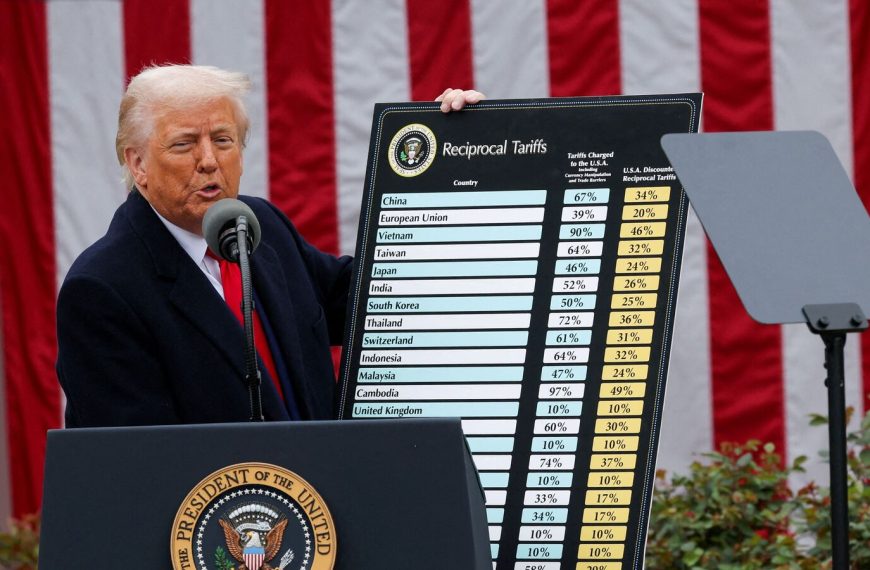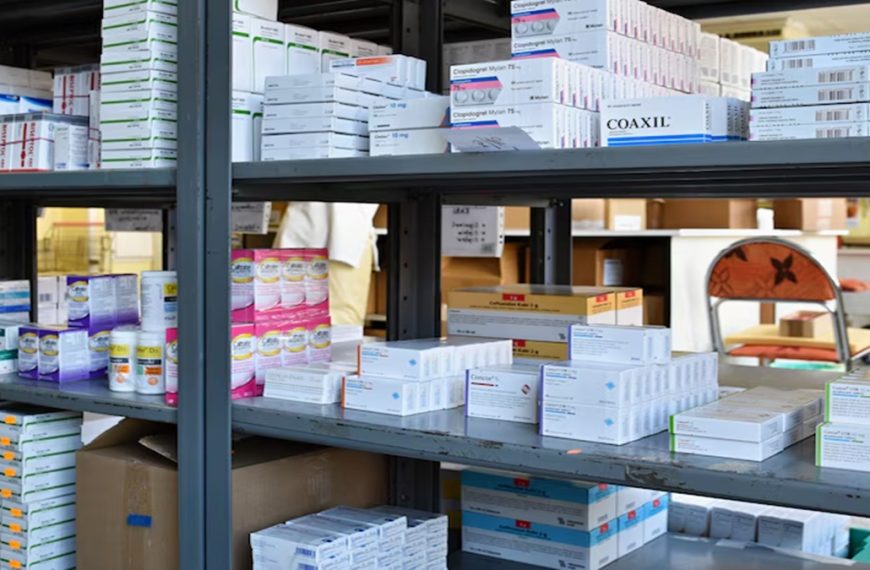State Governments’ Capital Expenditures Decline Despite Central Support
In a surprising turn of events, capital expenditures (capex) by state governments have reportedly dipped by 6% year-on-year during the first ten months of the current financial year. This decline comes despite the Centre’s efforts to boost capex loans, highlighting a slowdown in state-level investments.
Key Findings on State Capex
An analysis of the finances from 18 major states reveals that their combined capex from April to January of FY25 fell to approximately ₹4.1 lakh crore, down from ₹4.4 lakh crore during the same period the previous year. The states included in this review are:
- Gujarat
- Maharashtra
- Uttar Pradesh
- Odisha
- Madhya Pradesh
- Andhra Pradesh
- Karnataka
- Tamil Nadu
- West Bengal
- Haryana
- Kerala
- Jharkhand
- Punjab
- Rajasthan
- Uttarakhand
- Telangana
- Chhattisgarh
- Assam
Centre’s Initiatives to Stimulate Investment
To counteract this decline, the Central Government has implemented several measures aimed at expediting project execution across the nation. Among these initiatives, the Centre has relaxed guidelines for its interest-free capex loans, aiming to ensure that the ₹1.25 lakh crore set aside in the revised estimates is fully utilized. As of February 24, the Centre had already disbursed ₹1.15 lakh crore to the states.
Moreover, the Centre has accelerated tax devolution, providing three extra installments that total around ₹2.5 lakh crore since June. This strategy aims to enhance state spending. However, the ongoing decrease in capex suggests that states are struggling with capacity constraints, exacerbated by delays in project implementation due to the upcoming general elections and extended rainy seasons.
Borrowings and Tax Revenue Trends
As asset creation expenditures have waned, the borrowing and liabilities for the 18 states have seen a modest increase of 6.5% year-on-year during April-January of FY25, amounting to ₹6.55 lakh crore. This is a stark contrast to the 38.2% surge in borrowing and liabilities recorded in the previous year.
On a more positive note, the states reported a robust 15% growth in tax revenues during this period, reaching ₹24.6 lakh crore, slightly higher than the 13% growth from the previous year. Additionally, revenue expenditure saw an annual increase of around 12% in the first ten months of FY25, compared to 9% in the preceding year.
Public Capex Growth Initiatives
The Central Government is emphasizing a public capex strategy, involving collaboration between the union, state governments, and public enterprises. Notably, the Centre’s capex increased by a modest 5% in the first ten months of FY25. Meanwhile, Central Public Sector Enterprises (CPSEs), including the railway board and NHAI, reported an 8% growth in investments, totaling ₹7.39 lakh crore during the same period.
Fiscal Health of State Governments
State governments have managed to keep their consolidated gross fiscal deficit (GFD) within 3% of the Gross Domestic Product (GDP) for the fiscal years 2022-23 and 2023-24. For the 2024-25 budget, states have projected a GFD of 3.2% of GDP, as indicated in the Reserve Bank of India’s report titled ‘State Finances: A Study of Budgets of 2024-25’.
In conclusion, while the Centre’s efforts to stimulate capex through loans and tax devolution are commendable, state governments are facing significant challenges that are hampering their ability to ramp up investments and spending.











